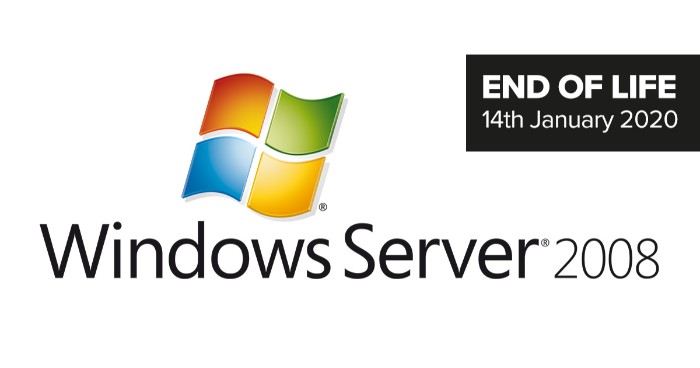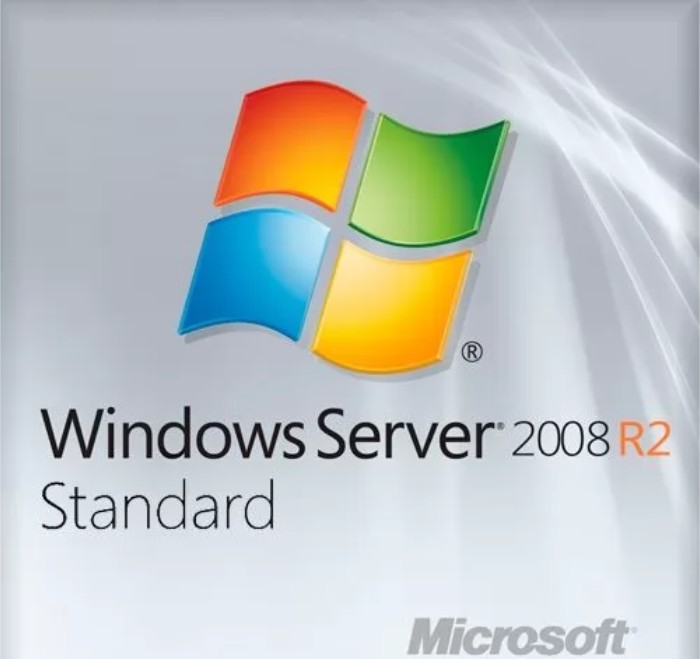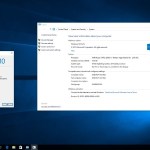WINDOWS SERVER 2008 END OF SUPPORT; WHAT YOU NEED TO KNOW

As of January 14, 2020, Microsoft is officially concluding its support for Windows Server 2008 R2 editions, leaving organizations without the crucial support they need unless they transition to newer versions. Lanworks is currently assisting numerous clients in preparing for this upgrade, and while there are compelling reasons to make the transition, many businesses still hesitate to take the plunge. Below, we outline the primary motivations for both scenarios.
Take a moment to consider these factors and initiate the process sooner rather than later. Our schedule is filling up, and industry experts anticipate a surge in demand in the upcoming months, leading to potential delays.
Security Vulnerabilities:
- No access to new security patches/updates from Microsoft.
- 2008R2 servers are increasingly susceptible to cyberattacks. Risks:
- Potential costs associated with downtime.
- Damage to reputation and brand.
- Loss or theft of data and personal information.

Software Incompatibilities:
- No new software enhancements from Microsoft.
- Lack of software updates from third-party vendors. Example: Limited antivirus protection. Risks:
- Restricted capacity to implement new applications.
- Limited ability to upgrade existing applications.
- Increased vulnerability to attacks.
- Hindered adoption of newer required technologies.
Business Continuity Risks:
- Absence of mainstream support from Microsoft.
- Lack of support from third-party vendors relying on Windows 2008R2 for their applications.
- Potential impact on hardware replacement.
- Potential disruption to data backup and recovery capabilities.

WINDOWS SERVER 2008 END OF SUPPORT
Common Reasons Why Organizations Hesitate to Upgrade:
- Unawareness of Microsoft’s decision to end support.
- Concerns about the cost and time required for the upgrade.
- Dependency on legacy applications.
- Limited IT resources in terms of time and skills.
- Lack of understanding regarding the systems affected.
Stay informed and proactive, as delaying the transition may expose your organization to unnecessary risks. Upgrade now to ensure continued support, security, and optimal performance.


